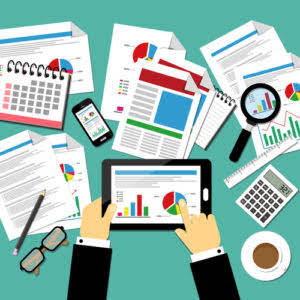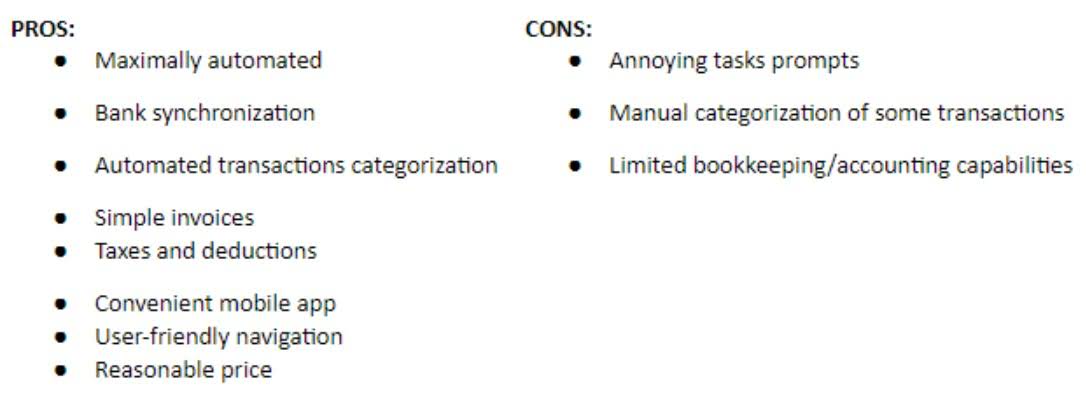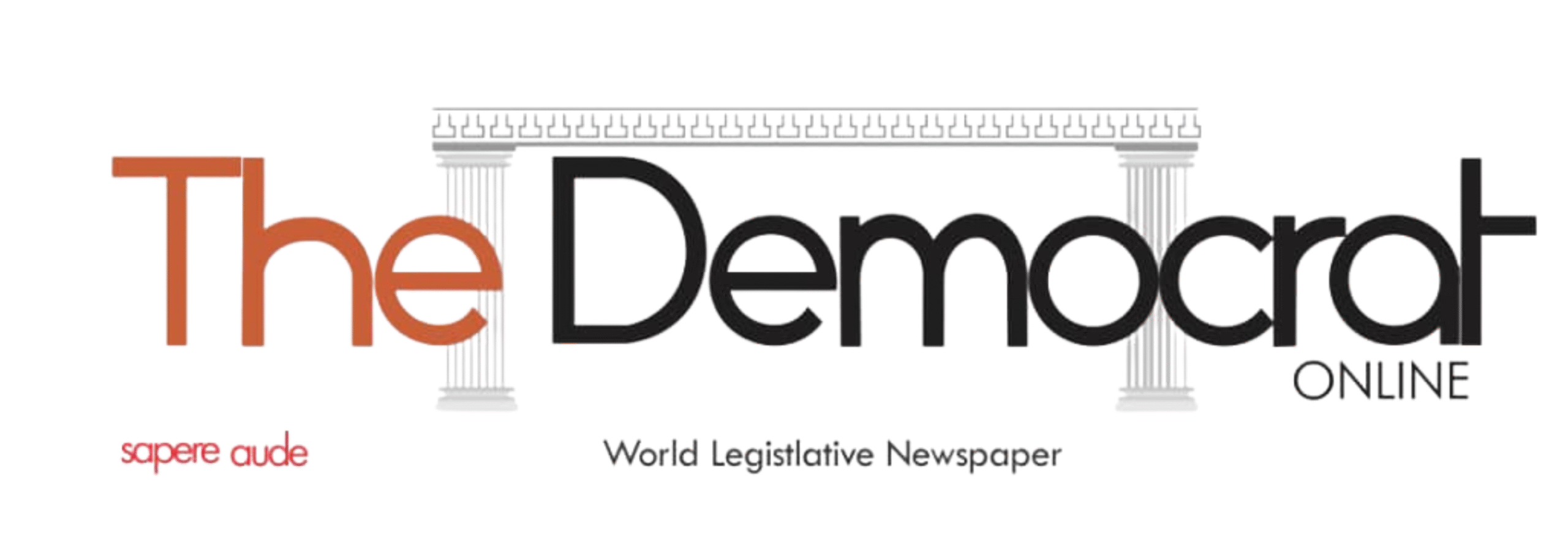
With the right system, you give your stakeholders the freedom to independently fulfill their supply needs while keeping spending and payments in control. Some platforms, such as Order.co, even allow you to use offline vendors and manage the purchase and vendor management process from within. Not to mention, in this day and age, any company Bookstime not offering e-billing isn’t very attractive to a client or customer. E-billing is much better for the environment because there’s no need to use as much paper. Customer satisfaction is also guaranteed since you’re making it easier and more convenient for your customers to do business with you. E-billing is simply a component in your machine, but one that should better the other parts of your business — and the key to that is data collection.

Why Is Healthcare Billing Software Important?
- But suppose you want more features like auto collection notifications, automated failed payment recovery, a virtual payment terminal, automated late fees, and more.
- It’s essential to prioritize the security of customer information and financial data when implementing an e-billing system.
- This usually allows the individual or business making a payment to login to a system or platform and access a record of previously paid bills and other information.
- Electronic Invoice Presentment and Payment (EIPP) is a digital solution that allows businesses to electronically present invoices to customers and receive payments online.
- This requirement aims to prevent technological monopolies and facilitate access to eBilling for all companies, especially smaller ones.
- The self-billing payment process doesn’t look any different than a normal e-billing payment process would; the buyer still submits payment through whatever channel has been agreed upon.
While eBilling and eInvoicing are often used interchangeably, they refer to two distinct activities within the broader scope of electronic document transfer. Both eInvoicing and eBilling help businesses move from paper invoices to digital financial transactions. legal e-billing E-billing, also known as electronic billing, is the process of paying and receiving billing statements online.
- From patient registration to payment tracking, automation simplifies routine tasks, ensuring smoother and faster operations.
- For instance, your eBill can include a pay now button, allowing the client to pay online quickly.
- Because of the time and money invested in these integrations, eBills are most commonly used by businesses that accept recurring payments.
- A comprehensive, documented procurement process will lead to smoother operations, cost savings, better vendor relationships, and improved compliance.
- Businesses that send recurring bills to customers see the biggest benefits from e-billing.
- By implementing an e-billing system, businesses can streamline their billing processes and improve their overall efficiency, resulting in increased customer satisfaction and improved financial performance.
- The study suggests policymakers might leverage this evidence to refine health care reimbursement models and provide incentives for EMR adoption.
How ebilling fits into your business

More businesses are starting to understand the power of automation to free them from the traditional procurement challenges. Over 50 percent of businesses are pursuing large-scale bookkeeping adoption of cloud-based procurement processes to bridge the gap. Using an eBilling system to track and report on payments also gives businesses added visibility and budgetary control. It takes the hassle out of paying people or getting paid and eliminates manual research and spreadsheets in favor of electronic bill payments, invoices, and orders. This frees up considerable hours for your AP and AR teams, allowing them to get caught up and even tackle the “someday” projects.

Accounts Payable
The method utilizes digital formats such as email, online portals, or even machine-readable data formats to send and manage billing documents. Electronic billing (e-Billing) is one such advancement – it has simplified the entire billing process, from creating bills and invoices to facilitating digital payments. It is especially valuable for businesses managing recurring bills, offering flexibility in payment methods. Responsible for creating e-bills, the accounts receivable team will be able to populate and send invoices in a matter of seconds, but the wins don’t stop there. With automated reminder features and easier tracking capabilities, e-billing simplifies the payment collection process.

What is a Tax Invoice: Meaning, Types, Format and Example
Your system processes the payment and closes the outstanding bill once the customer pays. Moreover, they allow the biller to stay on top of their payments, including the outstanding ones. While eBills look similar to eInvoices, they offer instant and easy electronic payment, which is why more and more companies are turning to them.
Customer Support and Training
Discover how WeWork automated finance and accounting tasks to support global expansion, reducing their team’s AP burden to save time and money. In these situations, users can log into their banking portal and pay their bills to multiple providers through the same interface. There’s no more waiting days at a time for a company to receive payment by mail. E-billing is also a plus for companies because they don’t have to wait to receive funds. For instance, if your utility provider sends you a digital statement, it’ll also include a link for you to make a payment online.



